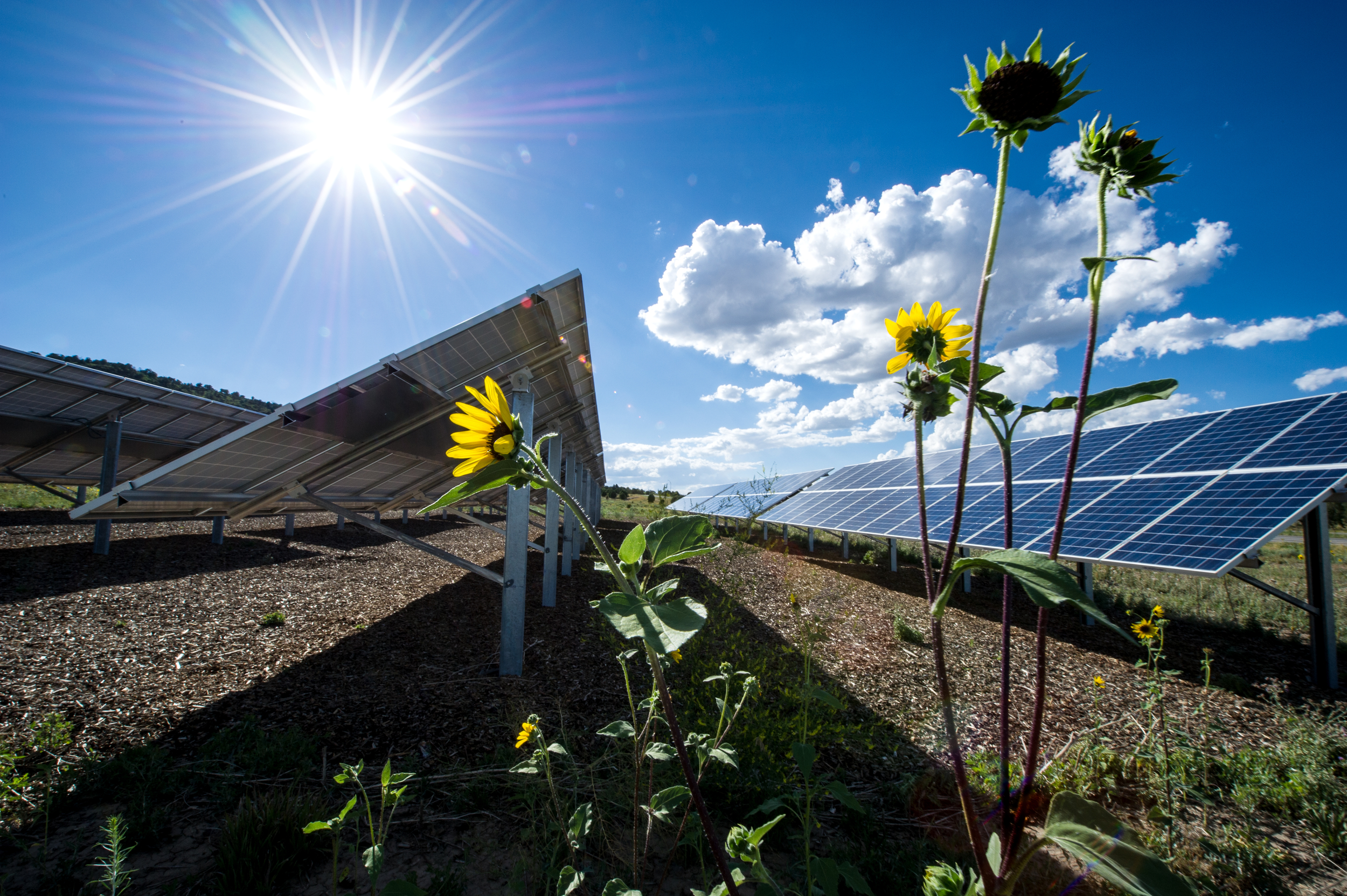
Harnessing Power: Sustainable Energy Solutions
In the pursuit of a greener and more sustainable future, the utilization of renewable resources has become a paramount focus. This shift towards sustainable energy solutions marks a crucial step in mitigating climate change and ensuring the longevity of our planet. From solar and wind to hydropower and bioenergy, various renewable resources present viable alternatives to traditional fossil fuels.
The Rise of Solar Energy
Solar energy stands out as one of the most promising renewable resources, harnessing the power of the sun to generate electricity. The advancements in solar technology have made it increasingly efficient and cost-effective. Solar panels, designed to convert sunlight into electricity, are now widely used in residential, commercial, and industrial settings, contributing significantly to the diversification of our energy sources.
Harnessing the Wind
Another key player in the renewable energy landscape is wind power. Wind turbines, strategically placed in areas with high wind speeds, capture kinetic energy and convert it into electricity. This form of clean energy has gained traction globally, with wind farms popping up across landscapes, providing a sustainable and environmentally friendly alternative to traditional power sources.
Tapping into Hydropower Potential
Hydropower, generated from the energy of flowing or falling water, has long been a stalwart in the renewable energy sector. Dams and other water infrastructure are designed to capture and harness the power of rivers, creating a steady source of electricity. As technology advances, innovations in hydropower continue to enhance its efficiency and minimize environmental impacts.
Bioenergy for a Sustainable Future
Bioenergy, derived from organic materials such as plants and waste, represents a versatile and renewable resource. Biomass, biofuels, and biogas are just a few examples of bioenergy sources that can be utilized for power generation. The circular nature of bioenergy, where carbon is recycled within ecosystems, makes it an attractive option for reducing greenhouse gas emissions.
Challenges and Opportunities in Renewable Resource Utilization
While the potential for renewable resource utilization is vast, challenges exist in terms of infrastructure, storage, and intermittency. Overcoming these hurdles requires continued investment in research and development. Governments, businesses, and individuals all play pivotal roles in driving the adoption of sustainable energy solutions. The transition to renewable resources not only addresses environmental concerns but also opens up economic opportunities in the burgeoning green energy sector.
Linking the Future: Renewable Resource Utilization
As we navigate towards a future powered by renewable resources, it’s crucial to stay informed and engaged. Renewable Resource Utilization plays a central role in this transition. By exploring and supporting initiatives that promote sustainable energy solutions, we contribute to a more resilient and eco-friendly world. Embracing renewable resources is not just a choice; it’s a collective responsibility for the well-being of our planet and future generations.
In conclusion, the shift towards sustainable energy solutions marks a significant turning point in our quest for a cleaner and more sustainable world. Through the harnessing of solar, wind, hydropower, and bioenergy, we pave the way for a future where our energy needs are met without compromising the health of our planet. As we continue to overcome challenges and embrace opportunities, the journey towards a renewable-powered future is a path well worth taking.




